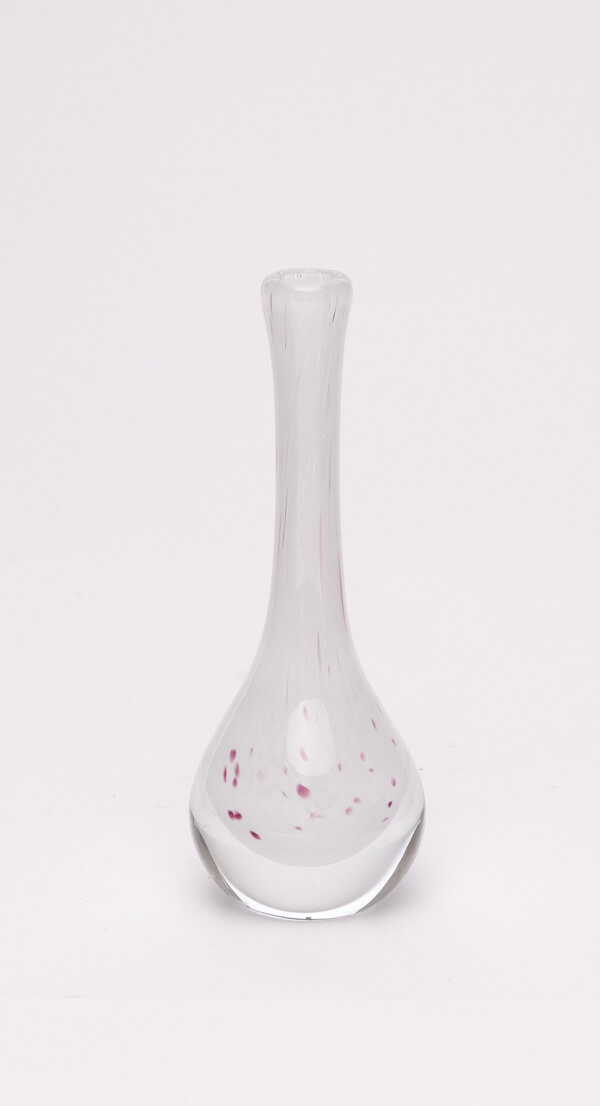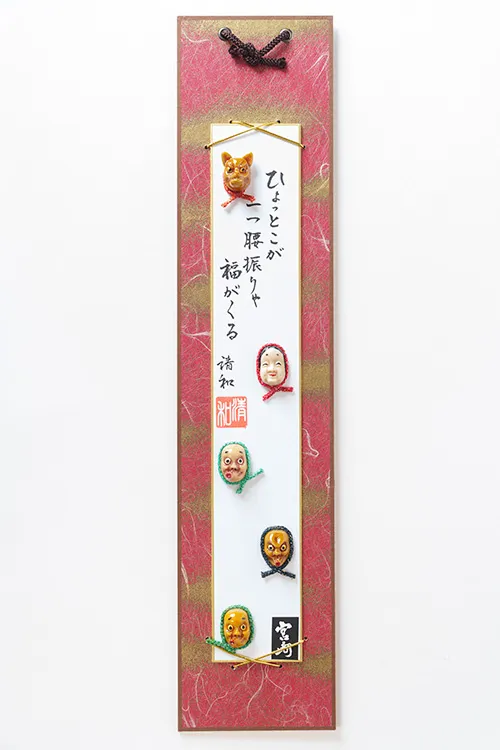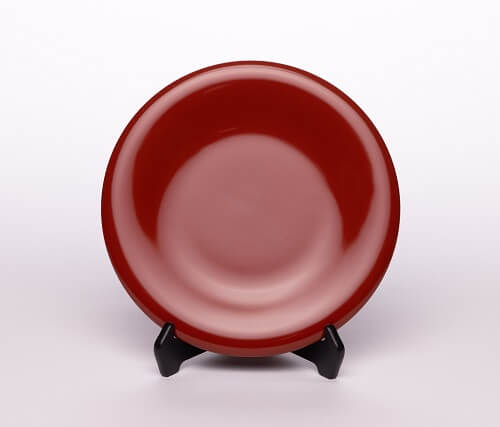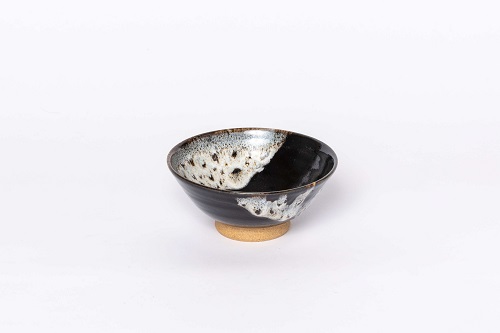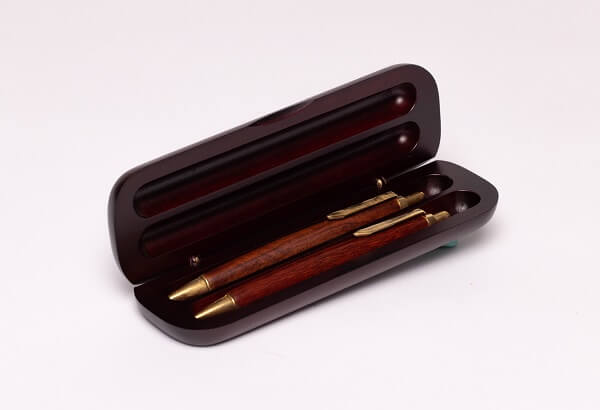
Gold-Foil Painting and Clock
Updated at 2022-03-23
Gold foil art originated in Egypt and was later introduced to Japan through China. Gold foil has been widely used in handicrafts since 1975. Gold foil is tough to produce. First, gold is melted into an alloy at roughly 1,300 degrees celsius. The malleable alloy is then pressed and extended until it reaches a thickness of 0.0001 mm. The foil is so thin that it will drift out of your palm with the slightest breath, so artisans often hold their breath while working with gold foil. It can be added to sculptures, paintings, and accessories. In this gift, gold foil is used as a canvas for painting and embedded with a clock. Most of Japan's gold foil derives from Kanazawa.
Flag: The flag of Japan is known as the "Flag of Sun," a red disc centered on a white rectangular banner). The ratio of the flag is 2:3, and the diameter of the red disk is three-fifths of the vertical length, with the center of the red disk aligned with the center of the flag.
National Day: February 11
Language: Japanese
Capital: Tokyo
Area: 378,000 square kilometers
Population: Approx. 123 million people
Currency: Japanese Yen
Government: Constitutional monarchy, separation of powers
相關藏品

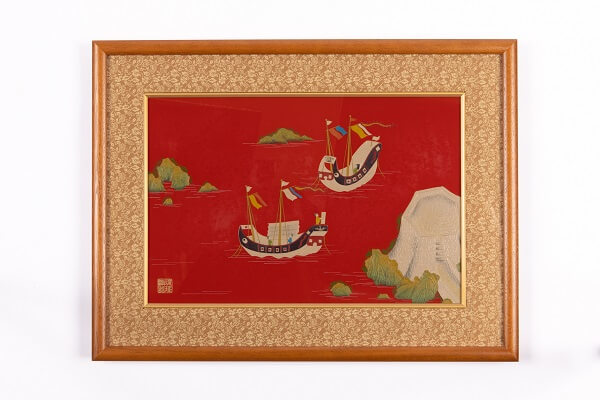
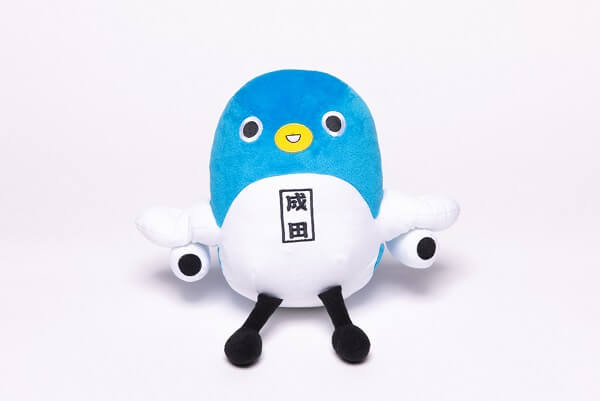
.JPG)

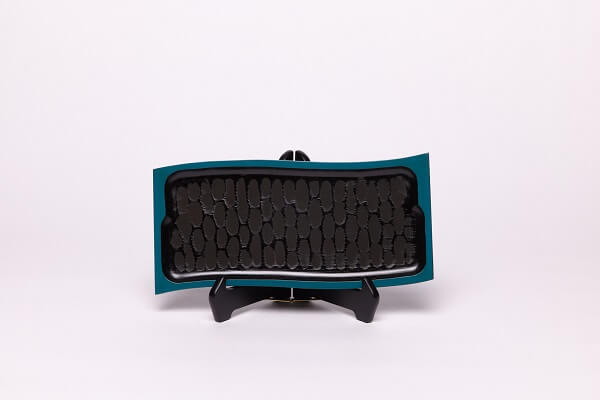
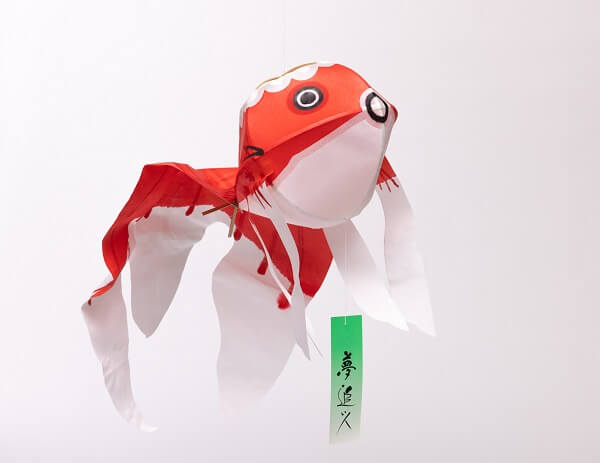
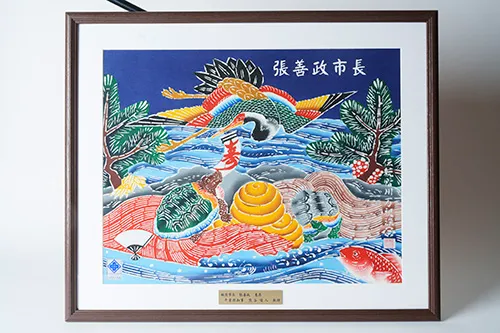
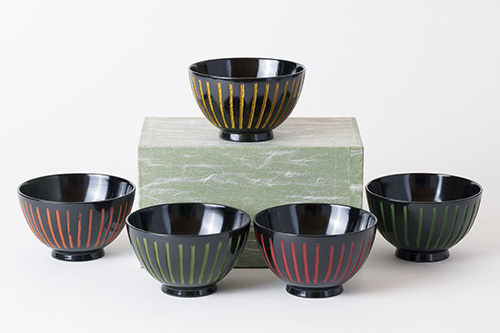
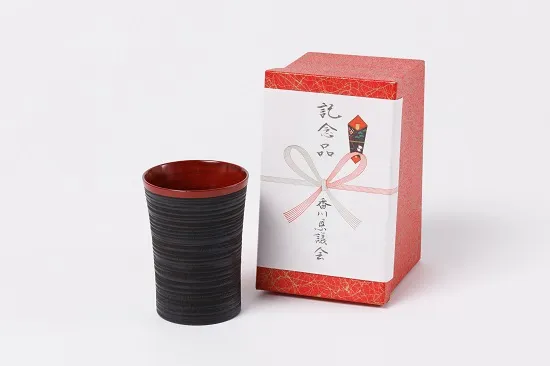
.jpg)

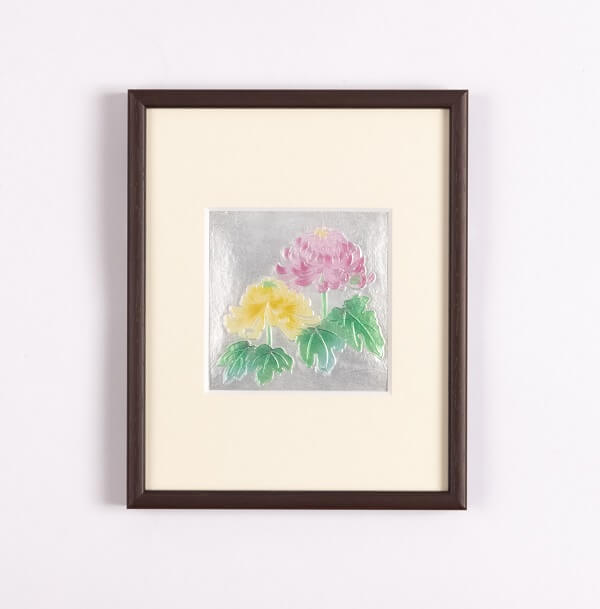
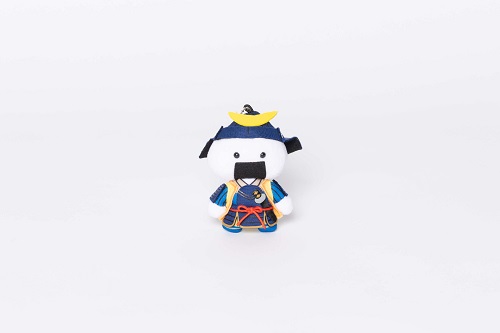
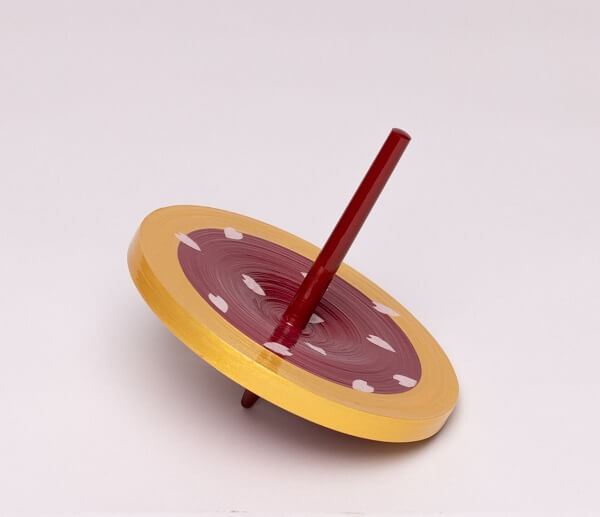
.jpg)
